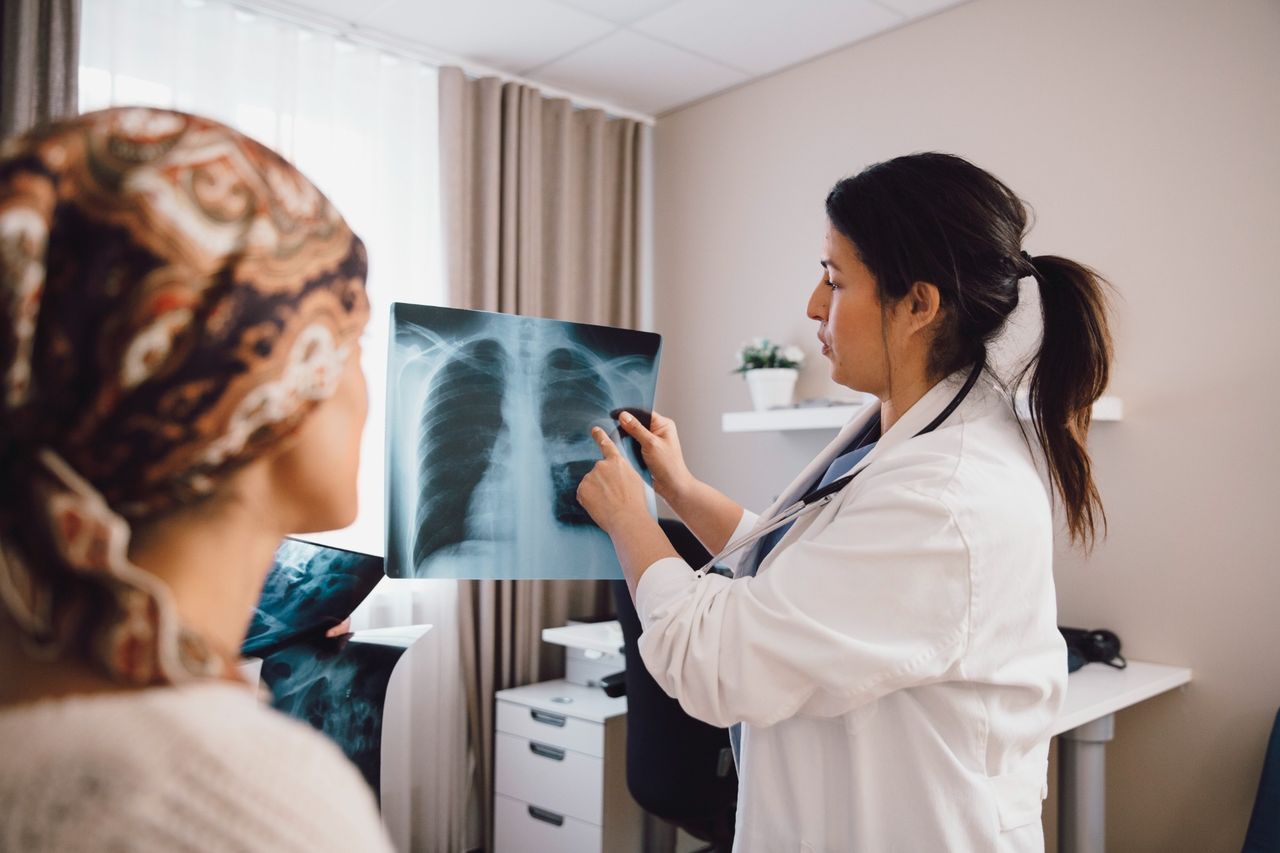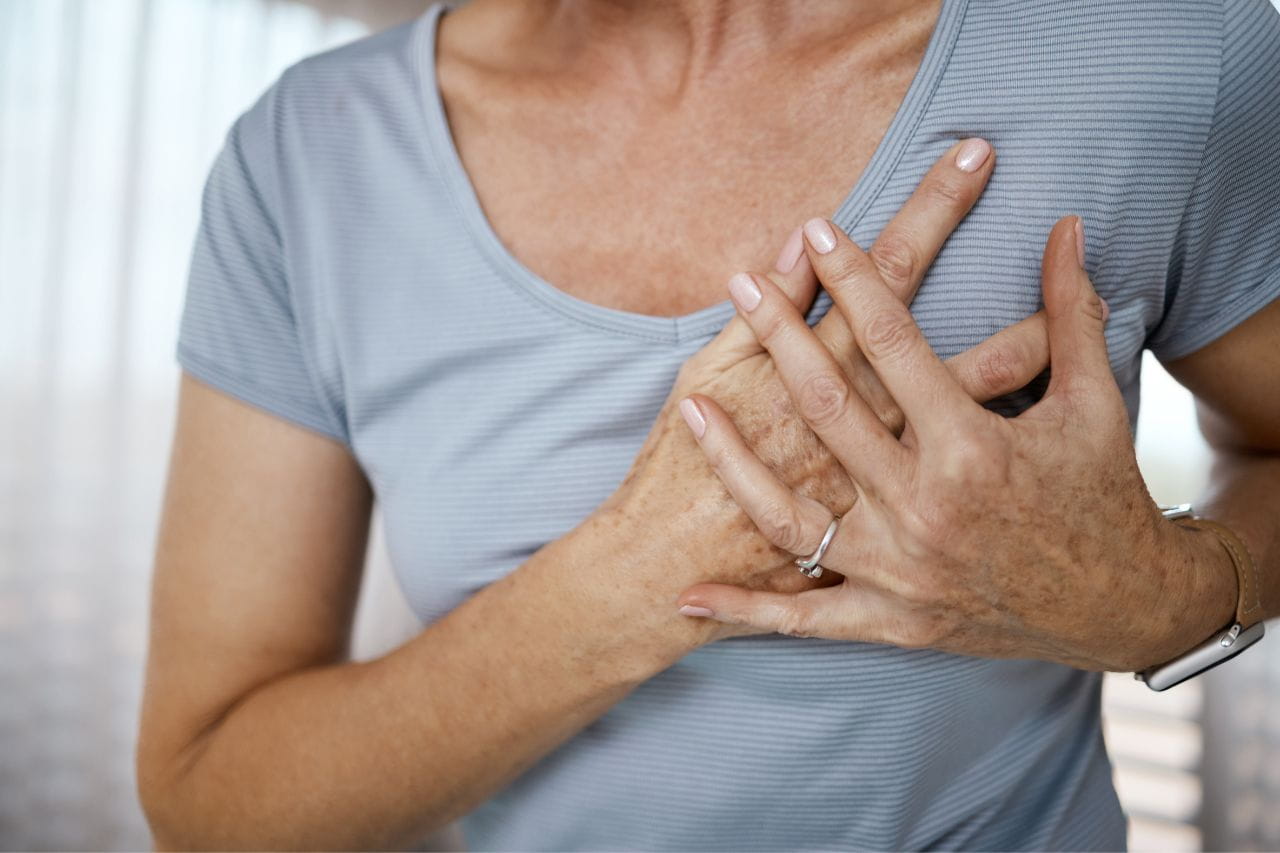What Does Breast Cancer Look Like?

When people think about breast cancer, the image that tends to come to mind is of a lump on a breast. A lump can be a sign of the disease, but the condition can affect tissue in several other ways. Being familiar with how breast cancer can present itself is essential for early detection and breast health.
This article explains the various forms breast cancer can take beyond a noticeable mass.
Skin Changes as a Sign of Breast Cancer
The look and feel of the skin on a breast can be an important indicator of breast health. One of the most common signs of breast cancer is dimpling, where the skin appears indented or puckered. That appearance occurs when cancer cells block lymph vessels in the skin, causing swelling and a pitted look.
Thickening or swelling of the breast skin is another sign of potential breast cancer. This change can affect the size or shape of a breast.
Peeling, scaly patches, a rash-like appearance or flaking of skin on the breast could be a dermatological condition, but it may also be a sign of breast cancer. If it doesn’t respond to skin treatments, you should talk with your healthcare provider.
Redness or discoloration of breast skin can be a symptom of inflammatory breast cancer, which is a rare but aggressive form of the disease. Often, it presents as a change in the overall color of the breast skin that may be accompanied by tenderness or warmth.
Nipple Changes as a Sign of Breast Cancer
Changes in the look of a nipple can be a sign of breast cancer. Nipple inversion or retraction is one example. If your nipple turns inward, pulls to one side or changes its usual orientation in any way, it could be a sign of a tumor affecting the ducts behind it.
Scaly skin that doesn’t go away, crusting or an ulcer that develops on the nipple or areola can be a sign of Paget’s disease of the breast, a rare form of breast cancer.
Clear or bloody discharge from a nipple, especially if it occurs without squeezing, can also be a symptom of breast cancer.
Other Signs of Breast Cancer
While breast pain typically has causes not related to cancer, persistent pain in an area of a breast that doesn’t resolve as the menstrual cycle progresses is something you should discuss with your healthcare provider. You should also seek medical attention if you develop swelling in an armpit or near a collarbone, which can indicate that breast cancer is present in the lymph nodes there.
Breast Awareness is Crucial for Breast Health
Unlike some other diseases that produce symptoms that are impossible to ignore, breast cancer can cause subtle changes in a breast or nipple. Consequently, breast awareness is crucial.
Understanding how your breasts and nipples typically look and feel, including any changes that occur predictably with your cycle if you menstruate, makes it easier to detect abnormal changes that can be a sign of breast cancer.
If you have questions or concerns about your breast health, talk with your healthcare provider. Early detection enables the best outcomes if cancer is present. Your provider can perform a physical exam if appropriate and order imaging tests, such as a diagnostic mammogram, if they suspect a problem.
You can use our online directory to find a Baptist Health provider if you don’t have one.
Next Steps and Helpful Resources
Learn More About Cancer Care at Baptist Health
Genetic Testing for Breast Cancer
Is Cancer Genetic?
Breast Cancer and Exercise: Can Working Out Lower Your Risk?



